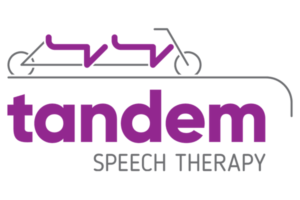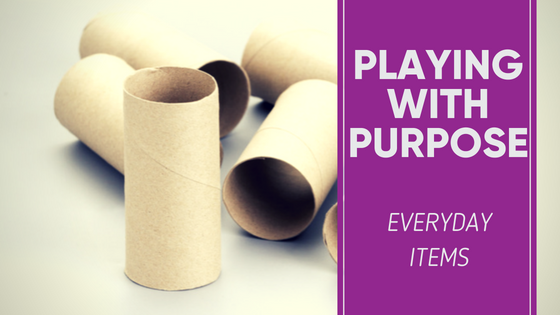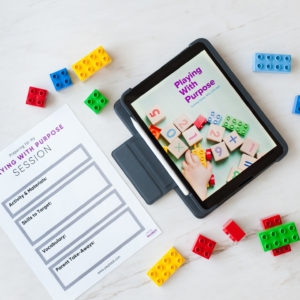I am going to guess this is a familiar scenario. Your child gets a gift sent to them, and it arrives in a large shipping box. So you both excited open the present from grandma, and your child proceeds to be more interested in playing with the giant Amazon box than the lovely train set they just received. Why? Because sometimes, the best toys are not toys at all!
These everyday items may be the things your child will play with for more prolonged periods of time. You may see them engage in more creative play with these non-toys and they cost you less money. Everyday items are the toys that allow your child to be curious and explore, which provides for many opportunities also to stimulate and boost their speech and language skills.
Top 3 Tips for Playing With Purpose Using Everyday Items:
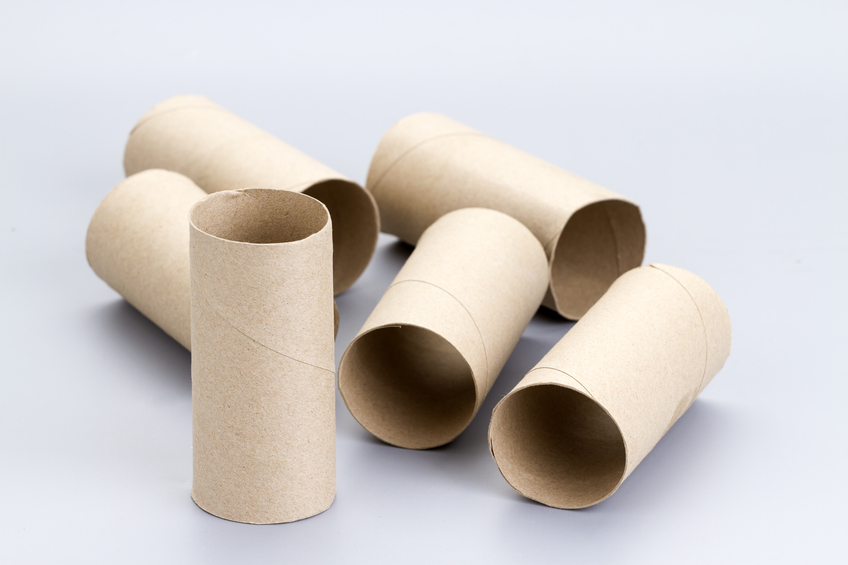
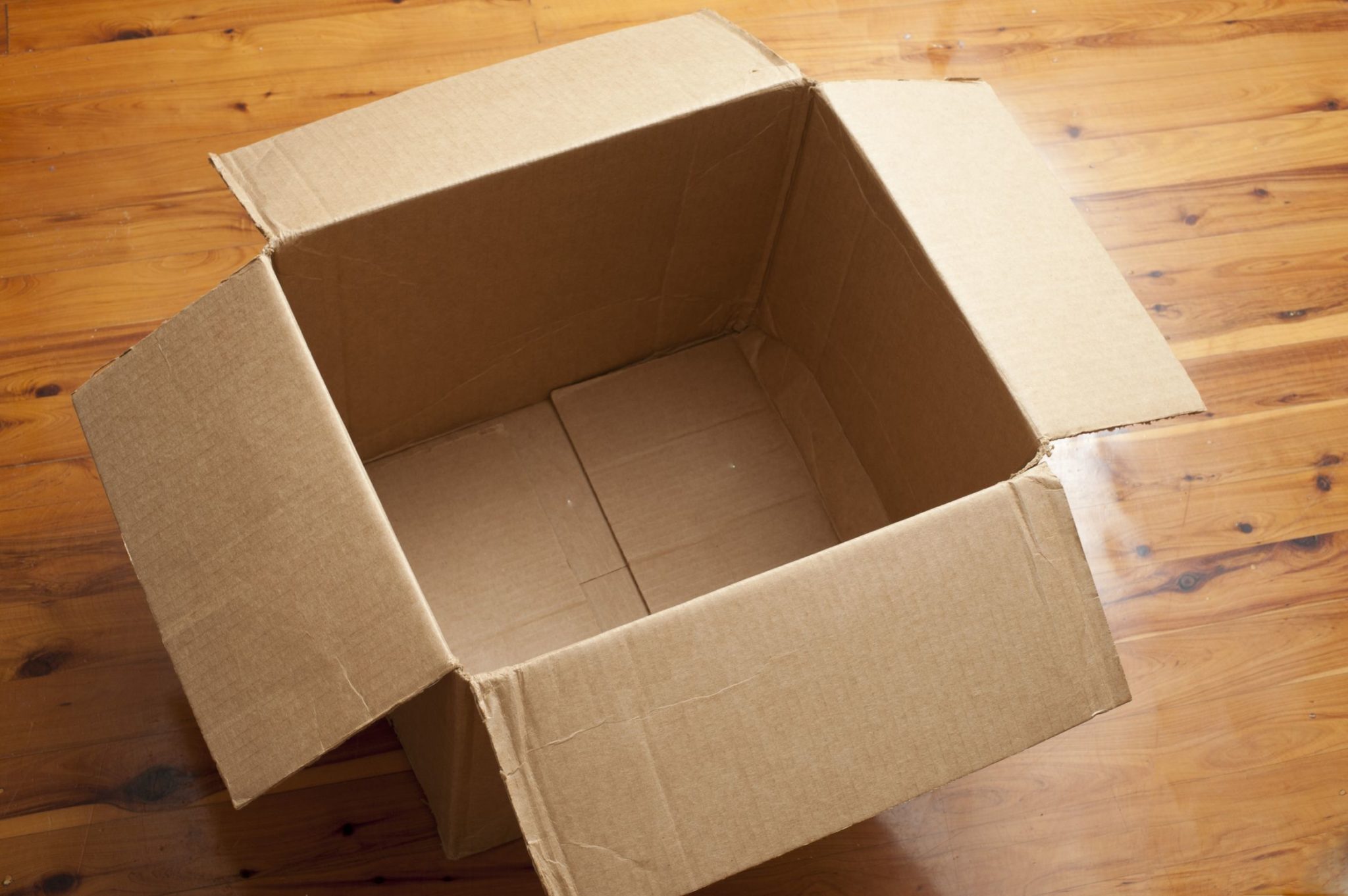
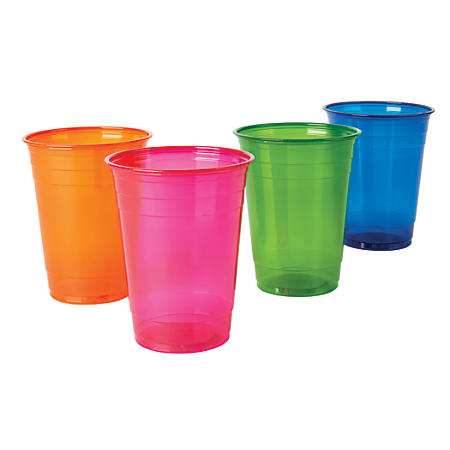
A toy can be anything. Often the best toy is the item your child is most interested in engaging with. Sometimes that toy is YOU! When we join our children during play by taping into their interests, we can teach them the most. You can keep your child engaged and learning by:
- Imitating what your child does with the play object.
- After you have mirrored your child, do something new and pause to see if your child then imitates you. (Remeber: children learn through imitation)
- Providing a sound, a word, or a short phrase to add language to the interaction. Talk about what you see the child doing.
- Pretending your object does not work like the child’s object does and have them help you.
Want to learn more strategies?
Start Playing With Purpose
Learn how to purposefully and intentionally interact with your child during play and help them increase opportunities for speech and language development with our Playing with Purpose book!
